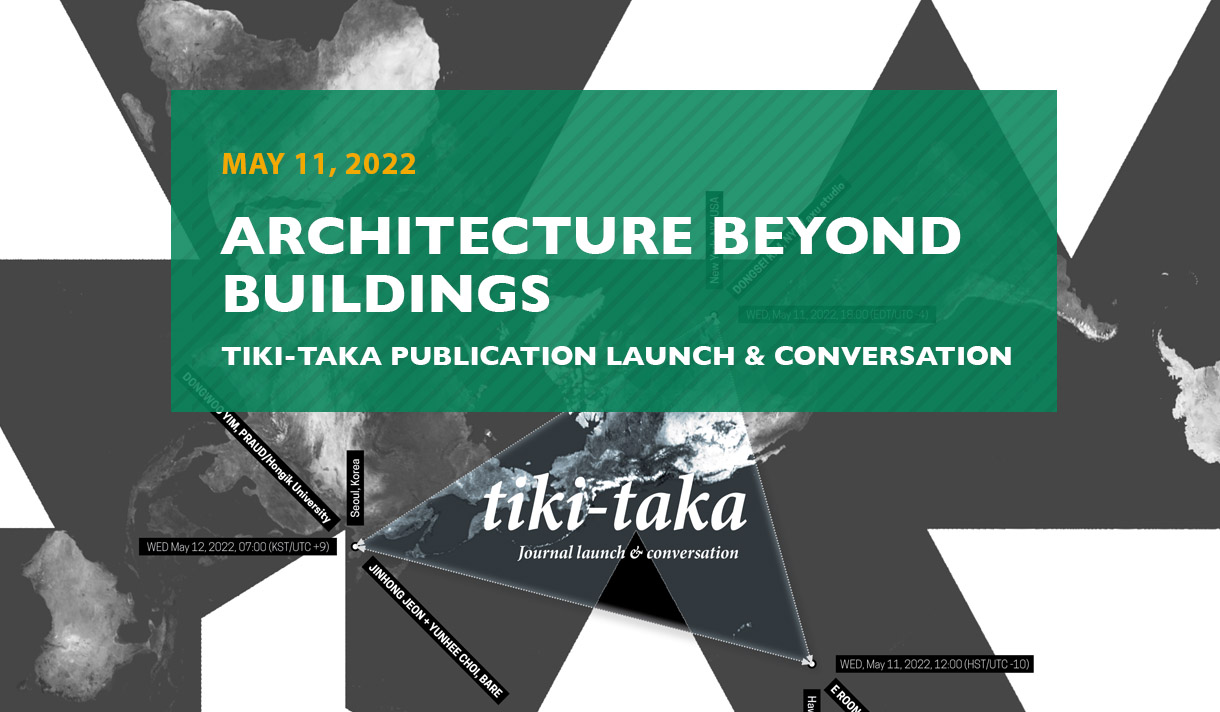Event
Architecture Beyond BuildingsTiki-Taka Publication Launch & Conversation
May 11, 2022
6:00 PM – 8:00 PM
Online
Tiki-Taka* Publication emerged from a series of conversations between emerging design practitioners based in New York and Seoul interested in the expanded socio-political role of architecture and design. The results of these conversations will be published in collaboration with Seoul-based jeongye-c-publishers.
Architecture Beyond Buildings brings together the authors of Tiki-Taka Publication’sfirst four issues: Jinhong Jeon & Yunhee Choi, Principals at Bureau of Architecture, Research & Environment (BARE); Dongwoo Yim, Principal at PRAUD & Assistant Professor at Hongik University; E Roon Kang Assistant Professor at The New School Parsons School of Design and Principal of Math Practice; and Dongsei Kim, Assistant Professor at New York Institute of Technology and founder of axu studio; to discuss how emerging global and local issues can be explored, questioned, reframed, and potentially addressed through unique methods lens of architecture and design.
The participants will also share how they experienced the globally distributed multidisciplinary collaborative conversation between architects, designers, teachers, and researchers given the global pandemic and the physical distances and time differences.
* Tiki-taka or Tiqui-taca is a Spanish style of playing in football characterized by short passing and movement, working the ball through various channels, and maintaining possession. In this case, it is used to describe the act of passing ideas off one another in an informal way to test and further refine emerging ideas and thoughts through series of conversations.
Welcome
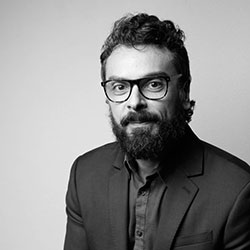
Giovanni Santamaria
Chair, Department of Architecture, NYIT School of Architecture and Design
Bio
Giovanni Santamaria is an architect and educator. His research focuses on landscape and ecological urbanism which integrates the scale of architecture in a dimension concerning issues not only related to the history of urban settlements, politics, sociology and technologies but also to the complex ecology of our transforming environments: natural phenomena, problems of pollution, space reclaiming reuse, producing lands, consumption, and processes of sustainable growth within a metabolic approach.
Santamaria earned a Ph.D. in Architecture and Urban Design from the Facoltà di Architettura of Politecnico di Milano, after obtaining a degree in architecture from the I.U.A.V. in Venice. At Politecnico di Milano he taught architecture theory and urban design studios, while he received postdoctoral research grants and participated in EU-sponsored projects. At NYIT School of Architecture and Design, he has been teaching several studios at both the undergraduate and graduate levels, and as chair of the department, is coordinator of the final thesis studio and co-director of the summer abroad programs. He is also the co-creator of the exchange agreement with Politecnico di Milano. He has participated in exhibitions, including the Biennale di Venezia, and in several international design competitions, receiving prestigious awards. He is active in lecturing in universities in both Europe and the United States, and is the author of books and essays published in several architecture magazines. He has been part of the Post-Sandy Design Committee at AIA NYC, and has been for several years a member of the Fulbright Committee.
Introductions and Moderation
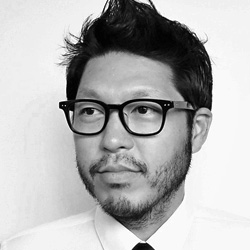
Dong-Sei Kim
Assistant Professor, NYIT School of Architecture and Design and founder of axu studio
Bio
Dongsei Kim is an award-winning architect, urbanist, and educator. His current research focuses on architecture and urbanism’s relationship to nation-state borders across multiple scales. It examines notions of “inclusion” and “exclusion” and how “us” and “them” are defined through spatial practices. His research on the Korean Demilitarized Zone (DMZ) has been internationally recognized through multiple exhibitions and publications. Dongsei received his Master in Design Studies with Distinction from Harvard Graduate School of Design; M.S. in Architecture and Urban Design from Columbia University, GSAPP; and a professional Bachelor of Architecture with Honors from Victoria University of Wellington.
The talk is an overview of “Drawing Hwa-chaeng: Mapping Contested Territories for Imagination.” “Drawing Hwa-chaeng” explores how mapping can produce knowledge that reframes contested territories into productive spaces. This study specifically engages the “Hwa-Chaeng” philosophy that argues for embracing ‘opponents’ and working towards reconciliation through continuous conversations, which seeks to move antagonisms beyond false dichotomies and binary oppositions. This research engages the Korean Demilitarized Zone (DMZ) to illustrate how “Hwa-Chaeng” informed mapping can produce knowledge that can reframe contentious territories as synergistic productive spaces.
Presenters/Panelists
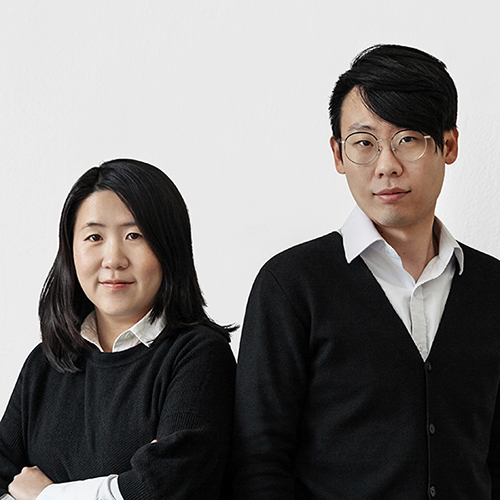
Jinhong Jeon & Yunhee Choi
Principals at Bureau of Architecture, Research &Environment (BARE)
Bios
Jinhong Jeon and Yunhee Choi are the co-founding directors of BARE―Bureau of Architecture, Research & Environment. BARE is an architectural studio established in 2014, committed to the exploration of architecture that responds to the dynamic environment and time through research and practice. BARE's works include the installation of a kinetic pavilion for ‘Imagining New Eurasia’ (Aisa Culture Center, 2015), and a site-adaptable installation for ‘Spectres of the State Avant-garde’ (Korean Pavilion, Venice Architecture Biennale, 2018). Their latest work in pneumatic structures was acquired for the permanent collection by the National Museum of Modern and Contemporary Art, Korea.
Jinhong and Yunhee, both graduates of the AA School, were awarded the 5th Arumjigi Heritage Tomorrow Prize (2015) and selected as a Young Architects Program Finalist (2016). They have taught at Korea National University of Arts from 2015 to 2021 and co-curated the Seoul Exhibition at the Seoul Biennale of Architecture and Urbanism in 2021. They have recently been appointed as Deputy Directors of the inaugural exhibitions for the Korea National Museum of Urbanism and Architecture, set to open in 2025.
How can we define/expand architecture beyond buildings? Can Cities sustain themselves without constantly constructing new buildings? ‘Moving in the City’ envisions the potential growth of today's cities and architecture through the eyes of ‘urban robots’. It unravels the stories of these urban robots that create a closer relationship between people, architecture, and its surrounding environment. It also explores a way to implement a circular ecosystem of production/waste in the context of the changing urban environment and time. BARE's three projects <Docking City>, <Looping City>, <Plotting City>, will be presented.
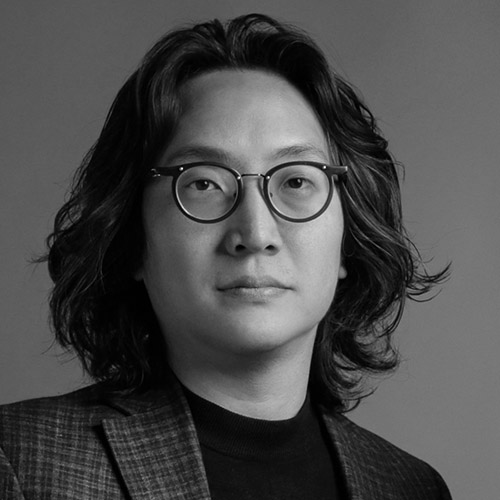
Dongwoo Yim
Principal at PRAUD & Assistant Professor at Hongik University
Bio
Dongwoo Yim is the co-founder of PRAUD and the assistant professor at Hongik University Graduate School of Architecture and Urban Design. He was an adjunct professor at Rhode Island School of Design from 2011 through 2017, and a visiting assistant professor at Washington University in St. Louis in 2016. He received a Master of Architecture in Urban Design from Harvard University and his bachelor’s degree from Seoul National University. He co-curated the Cities Exhibition in the 2019 Seoul Biennale with Rafael Luna and Pyongyang Sallim in 2017 with Calvin Chua. He is the winner of the Architectural League Prize 2013 and participated in the Golden Lion-winning award Korean Pavilion in the 2014 Venice Biennale. He is the author of “Pyongyang, and Pyongyang After,” “(Un)Precedented Pyongyang,” and “I Want to be METROPOLITAN,” and the editor of “North Korean Atlas.”
As shown in the 2014 Venice Biennale by Rem Koolhaas, there is are series of architectural elements that architects consider or use when designing architecture. At one point in architectural history, designing architecture meant choosing styles or types of those elements and making combinations between them. However, there are other levels of elements, which I call accessories, that are more temporal, detachable, and flexible than the elements but still perform actively in defining architecture. For instance, exposed ducts let the building house a bbq place, while a stand-alone fake bell tower transforms a generic building into a church. Although these accessories have often been overlooked by architects, urban streetscapes in many cities are defined by these accessories. In the presentation, a series of accessories will be introduced and shared to understand the urban phenomenon of the city using Seoul as the case study.
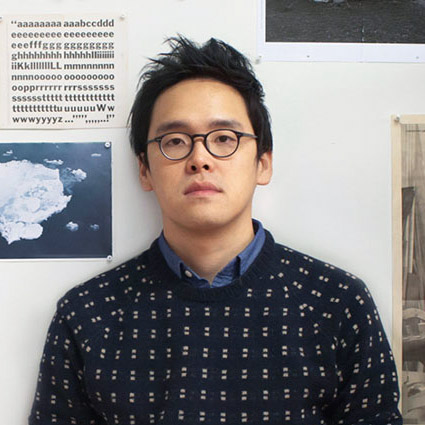
E Roon Kang
Assistant Professor at The New School Parsons School of Design and Principal of Math Practice
Bio
E Roon Kang is an Assistant Professor of Interaction Design at Parsons School of Design and Principal of Math Practice. He is a TED Senior Fellow, was previously a research fellow at SENSEable City Laboratory of MIT, and is a recipient of the Young Guns award from the Art Director's Club. His work was selected as an inaugural project of LACMA's Art + Technology Lab, was the winner of the NSF Science and Engineering Visualization Challenge, and has been shown in venues including MoMA, Seattle Public Library, and the Architectural League of New York. He has worked in partnership with a range of cultural institutions and events, including the Seoul Biennale of Architecture and Urbanism and the Korean Pavilion of Venice Architecture Biennale; along with educational institutions and their research labs, including MIT Architecture, MIT International Design Center, MIT Media Lab, Yale School of Art and Yale School of Medicine, and UCLA AUD.
The tools we use and take for granted are, most of the time, inventions with intentions. These tools are often politically shaped, almost always culturally influenced, and definitely financially challenged. The presentation looks at a number of examples of past work with the theme of the internet, maps, time, and letters, some of the fundamental tools and inventions we use every day. The projects discussed include The Korean Internet Tour Guide, Seoul Libré Maps, In Search of Personalized Time, and various typesetting systems including a javascript library called multilingual.js, computational layout engines for Anyang Public Art Project (APAP) and Parsons School of Design, and collaborative design guidelines for Tiki-Taka.
